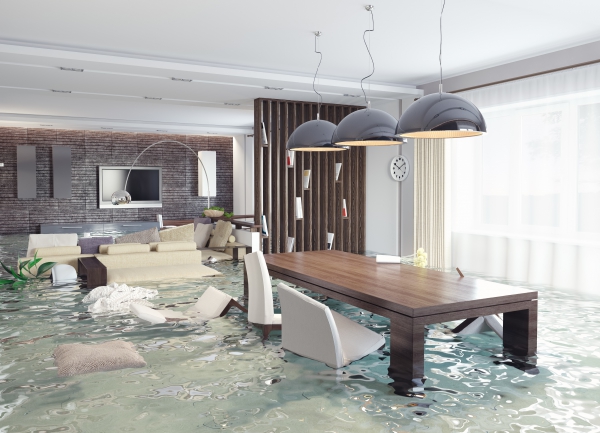
10 Tips for Avoiding Water Damage in Your Home
Contributed by Michael Jacobs
Most water damage doesn’t happen through worst-case scenarios like flash floods. It often comes from slow leaks. In fact. most water damage can be avoided through simple preventative maintenance, like cleaning your gutters, resealing around windows, and ensuring that your pipes aren’t deteriorating.
What should you be looking for? We’ve gathered some tips to help you.
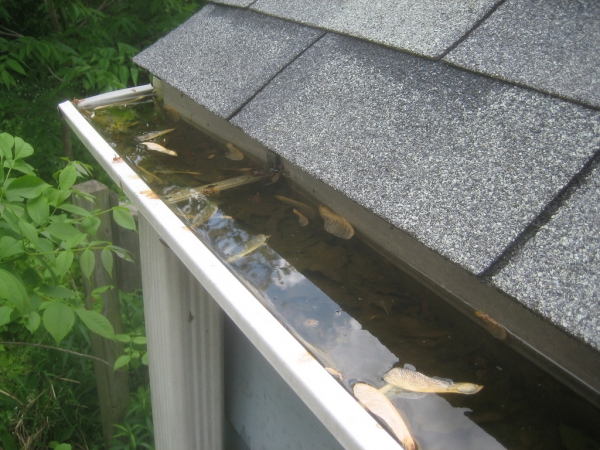
- Clean your gutters – Cleaning out your gutters is a smart option to help prevent roof and foundation damage. Clogged gutters can weigh down your roof and route water where you don’t want it to go. In winter months, ice can form and the downspouts can get overloaded, causing damage.
- Check your sump pump – If you’ve got a basement, a sump pump is mandatory. The sump pump starts to run when it detects water on the floor, pumping it away from your house. Take a few moments to test out your sump pump every season and check the battery. Also, make sure that your sump pump has the right capacity for your home.
- Watch your water bill – Your water bill can be an indicator of a water issue somewhere within your house. If the bill is abnormally high, that’s a good indication that there is something going on with the pipes. Sometimes, the source can be outside of the house on the pipes leading in. If you have property, walk around and see if there are damp places which are not normally moist.
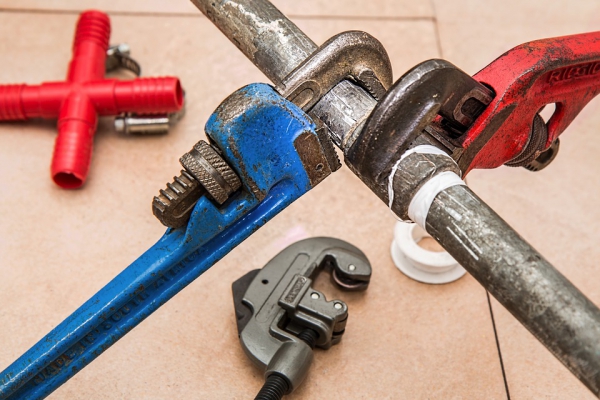
- Learn how to shut off your water – If water damage happens, you’ll have to shut off your water main in a hurry. Learn where the shutoff valve is so that you can quickly take care of the situation. Cutting off the source of the leak is imperative to prevent further water damage from happening.
- Test your water pressure – If there is a sudden drop in water pressure, you might have a leak somewhere in the walls. When water gets into your insulation, it creates a breeding ground for mold and mildew to grow unattended. A simple change in water pressure can reveal a bad water damage situation. Stop it before it gets worse.
- Examine your hoses – Dishwasher hoses and washing machine hoses break when they get older. To keep that from happening, replace them before they can prove to be a problem. Make sure to check washers as well.
- Keep grease away – Grease has no use near your pipes, as it can congeal and cause blockages in many places along the line. If you’re interested in seeing the deleterious effects, Google the term ‘fatberg’ – warning; it’s not pretty.
- Look at seals and cracks – If your home gets an inordinate amount of drafts, or if you’ve got a basement, check the seals that surround your doors and windows to make sure that the water is kept out. If wind can get in, so can water. On a similar note, look to see if there are any cracks in the foundation which might let water into your residence.
- Inspect your landscaping – Plants which are grown near the piping system of your house have the potential to burst through those pipes and grow into them. By keeping the vegetation low and being aware of where your plants are growing, you can prevent water damage to your home or a busted water pipe outside.
- Avoid the chemicals – Instead of getting drain chemicals for a clog, it’s best to get a drain snake. These snakes don’t run the risk of damaging the pipes in the process. Repeated use of strong drain cleaners can create weak spots in pipes.
By keeping your home water damage proof, you’re setting yourself up to save lots of money in the long run. For instance, the sealing you might do to your windows and doors might also save some money in heating and cooling costs, as well as cut down on the price of water damage repair.
Do you have any water damage tips that you’d like to see included? Share them below.
Author
Michael Jacobs is the head of public relations department at ServiceProsLocal.com with primary focus on customer satisfaction. His main talking points are water damage restoration, environmental friendly house building and plant cultivation.


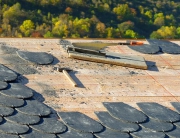
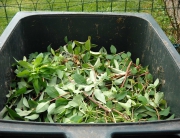
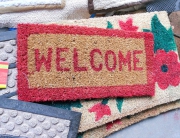


Great advice. Up north frozen pipes are a problem.
Don’t turn the air conditioner down too far when it’s getting cooler at night. It can cause the unit and condensation pipe to freeze up. Then when it thaws, viola’, you have a leak in your ceiling if part of the hvac system is in the attic
I like that you suggested checking your water pressure, as this can indicate possible leaks. I will have to do this on Saturday this weekend at my home. I want to make sure that my home and belongings are safe. There is simply no time for water damage in my home, that would not be fun at all.